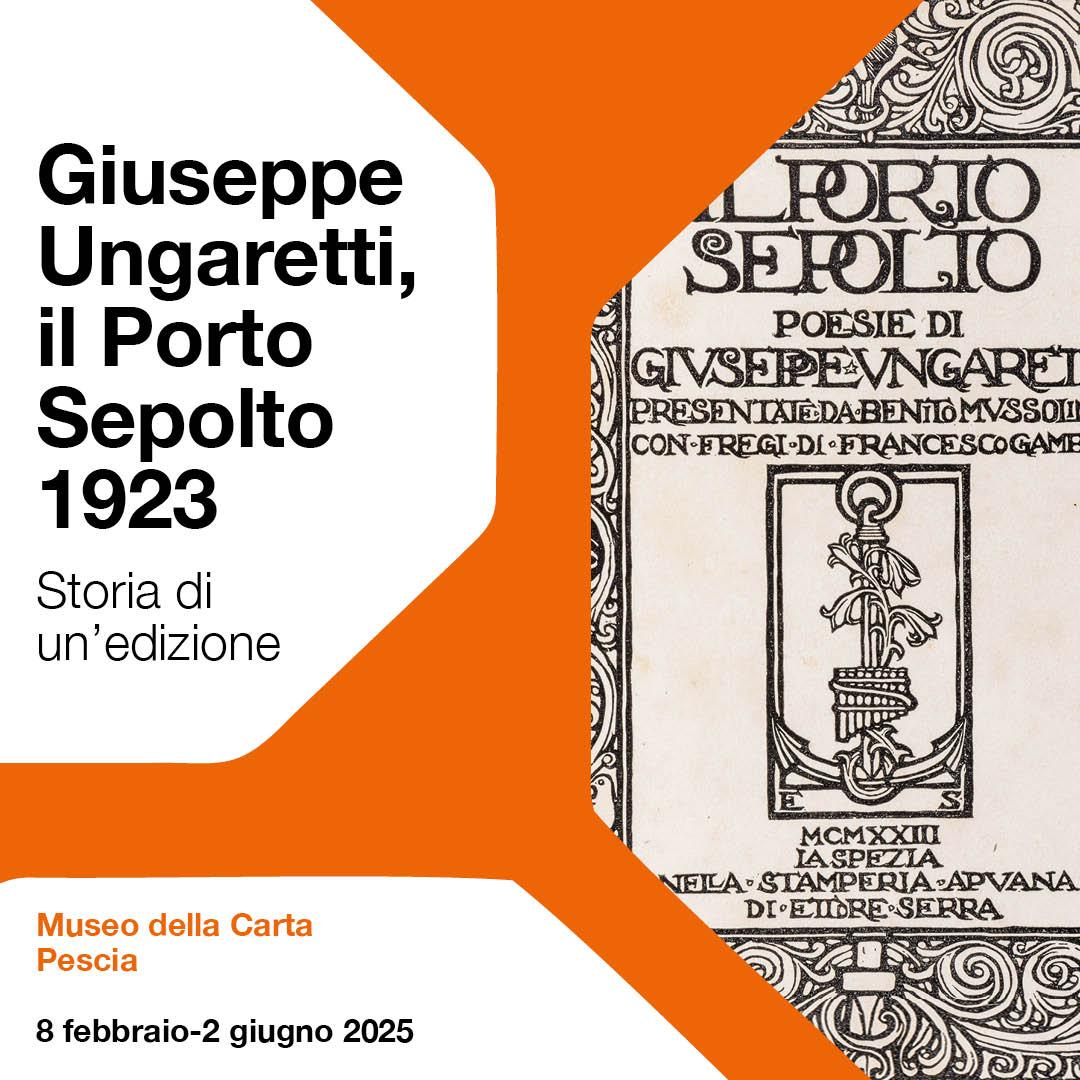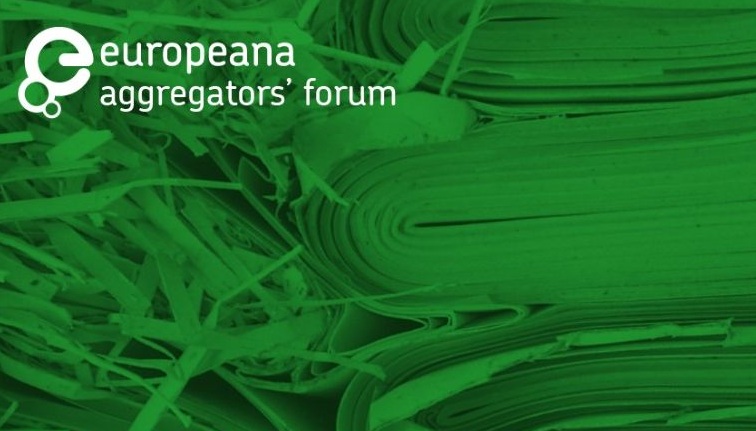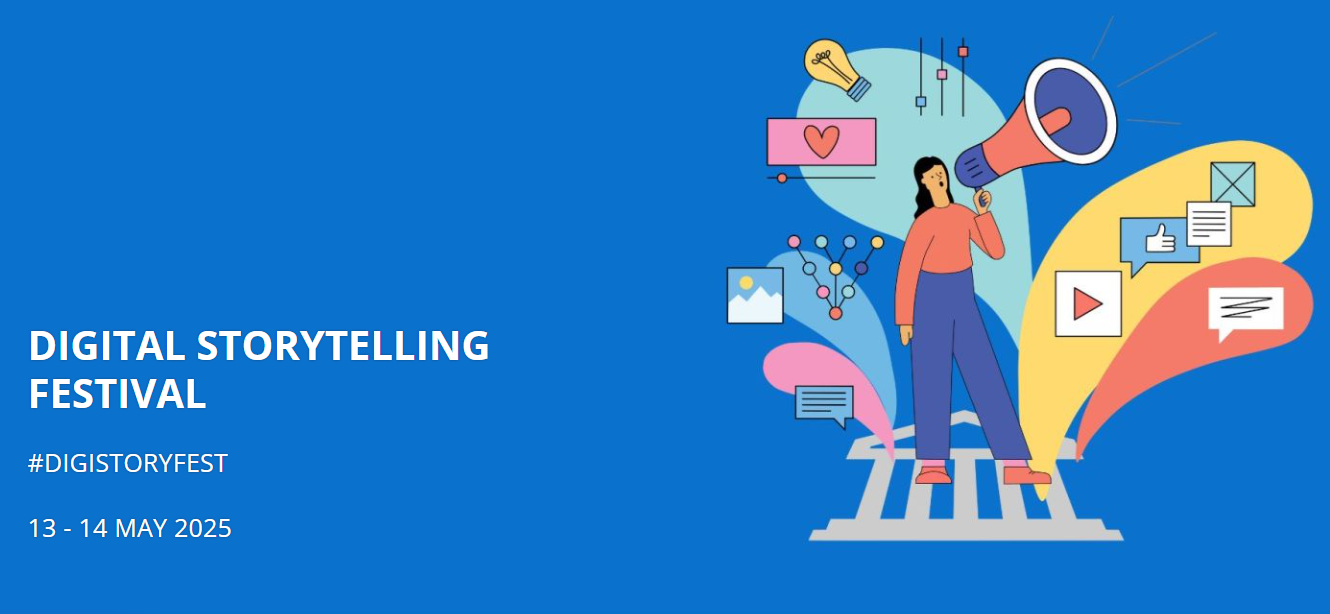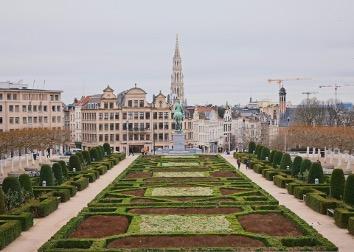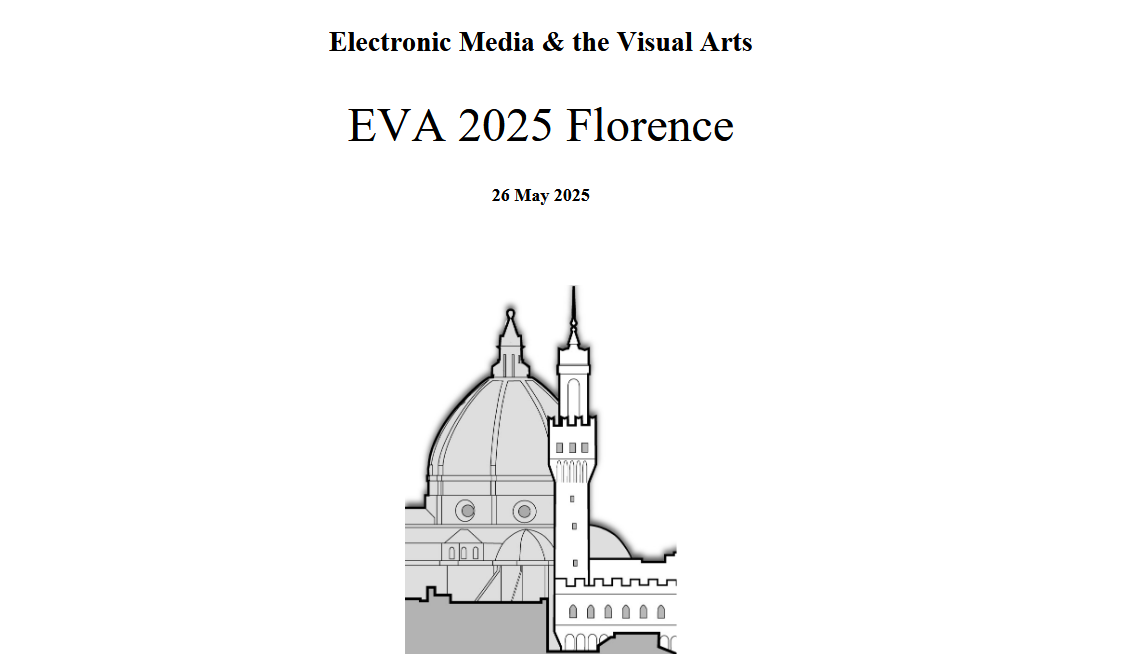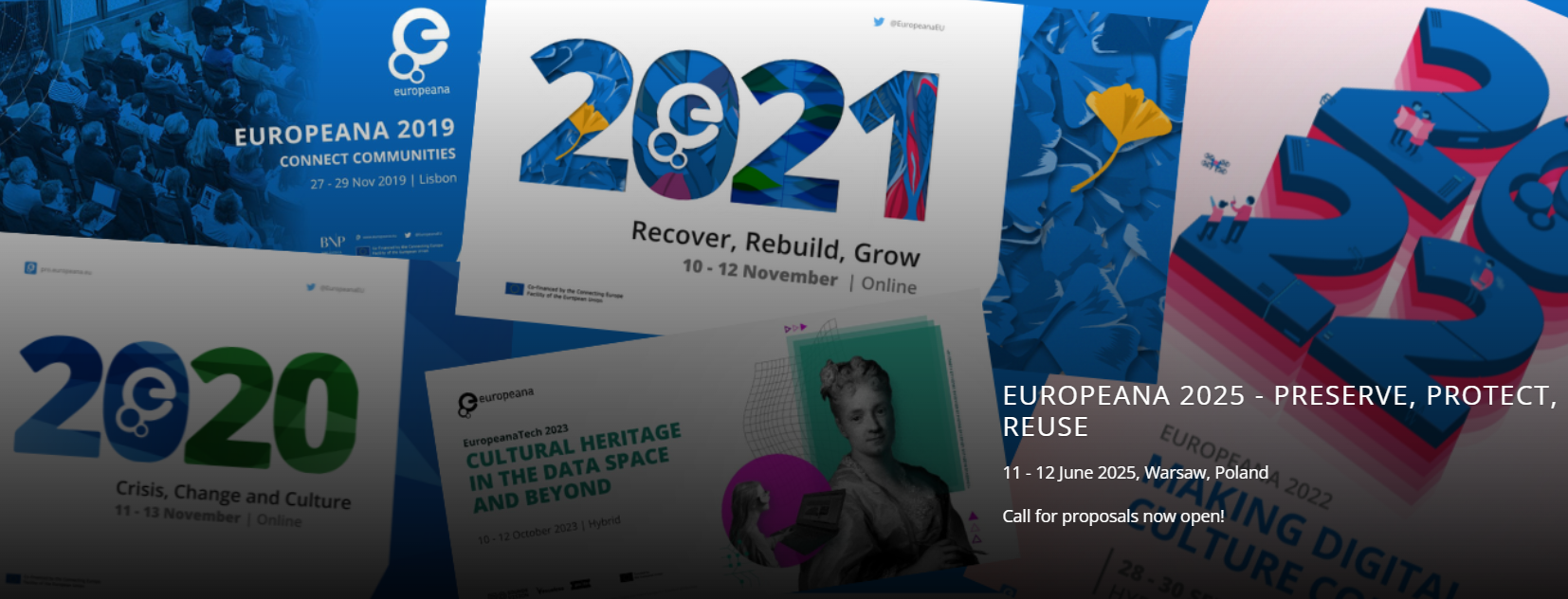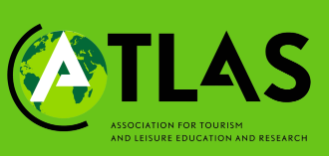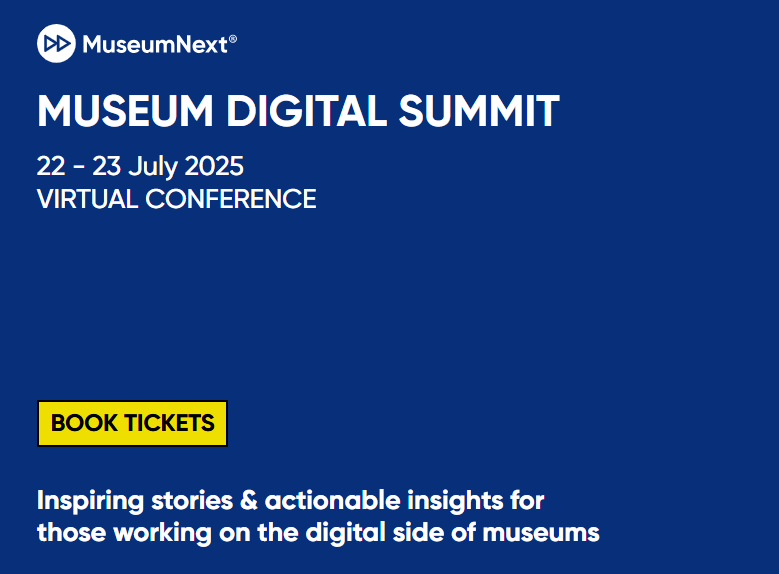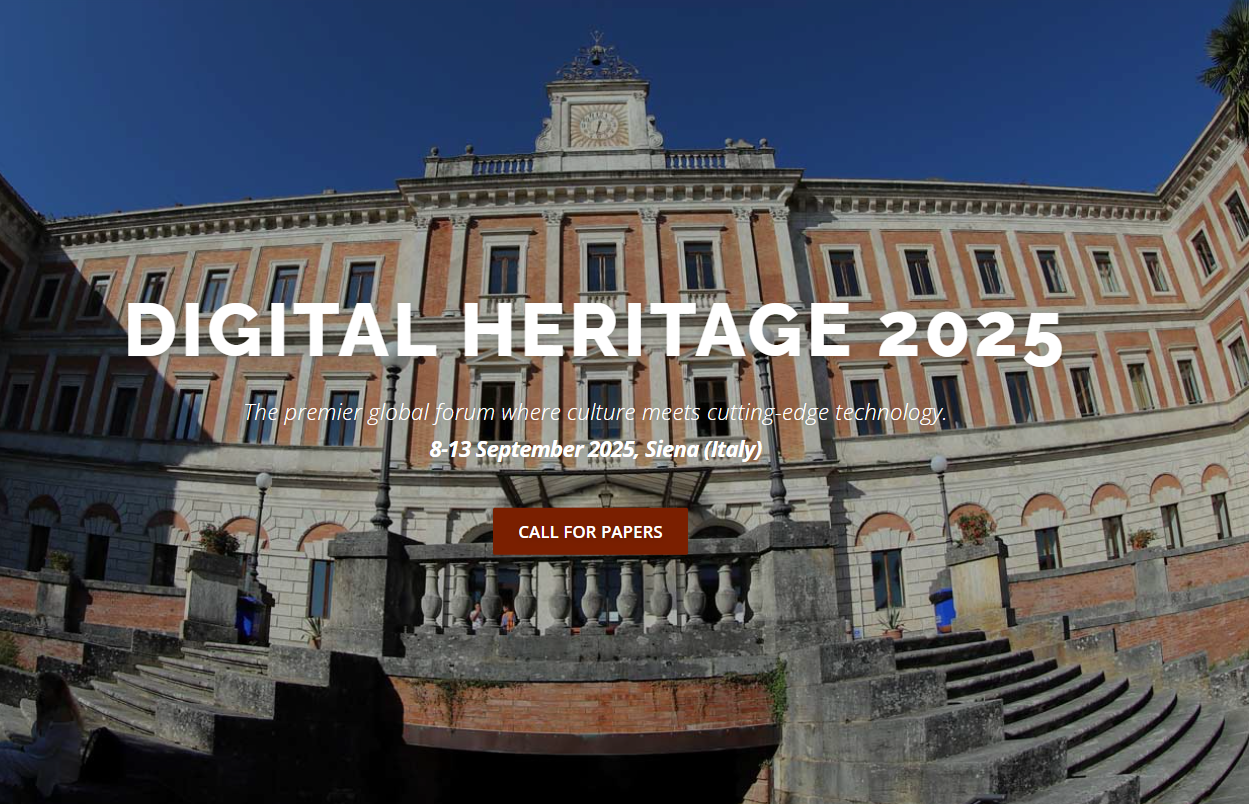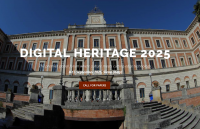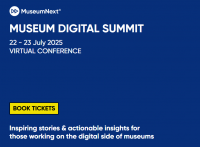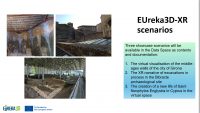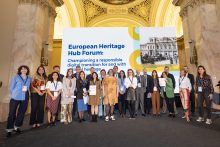[English]
On Wednesday, December 13, PACKED and the Royal Library of Belgium, in collaboration with the University of Girona, organise a workshop “Quality Control of TIFF Files“. The workshop is intended for digital archivists who are responsible for the long-term preservation of TIFF files.
During the workshop you will learn how to gain an insight into the technical properties of TIFF files and what you can do to preserve them for future generations. The workshop is conceived as a hands-on session, where participants get started with TIFF files from their own collection. The purpose is to determine the durability of your TIFF files using the DPF Manager Conformance Checker and to create a policy profile for the files in your collection.
The workshop takes place in the Royal Sky Room 2 (6th floor) of the Royal Library In Brussels. The number of participants is limited to fifteen. Please subscribe to Piet Janssens (piet.janssens@kbr.be) before Friday November 27th.
This workshop has been made possible through the PREFORMA project, funded by the Seventh Framework Program for Research and Innovation of the European Commission.
[Dutch]
Op woensdag 13 december organiseren PACKED en de Koninklijke Bibliotheek van België, in samenwerking met de Universiteit van Girona, een workshop “Kwaliteitscontrole van TIFF-bestanden”. De workshop richt zich specifiek op digitale archivarissen die verantwoordelijk zijn voor de preservering van TIFF-bestanden.
Tijdens de workshop leer je inzicht verwerven in de technische eigenschappen van TIFF-bestanden en wat je kan doen om ze voor de komende generaties te bewaren. De workshop is opgevat als een hands-on sessie waarbij de deelnemers aan de slag gaan met TIFF-bestanden uit hun eigen collectie. Het doel is om met behulp van de DPF-Manager Conformance Checker de duurzaamheid van je TIFF-bestanden te bepalen en een bewaarprofiel op te stellen voor de bestanden in jouw collectie.
De workshop gaat door in de Royal Sky Room 2 (6e verdieping) van de Koninklijke Bibliotheek. Het aantal deelnemers is beperkt tot vijftien. Aanmelden kan tot vrijdag 27 november bij Piet Janssens (piet.janssens@kbr.be).
Deze workshop is mede mogelijk gemaakt door het PREFORMA project met financiering van het Seventh Framework Programme for Research and Innovation van de Europese Commissie.
[French]
Le mercredi 13 novembre, PACKED et la Bibliothèque royale de Belgique organisent, en collaboration avec l’Université de Gérone, un workshop sur le « Contrôle de qualité des fichiers TIFF ». L’atelier s’adresse aux archivistes numériques responsables de la préservation des fichiers PDF.
Au cours de l’atelier, vous apprendrez quelles sont les propriétés techniques des fichiers TIFF et les bonnes pratiques en matière de préservation de cieux-ici. L’atelier est conçu comme une session de travaux pratiques où les participants pourront travailler avec des fichiers TIFF issus de leur propre collection. L’objectif est de déterminer la pérennité de vos fichiers à l’aide du logiciel Vera DPF Conformance Checker et de créer un profil de stockage pour les fichiers dans votre collection.
L’atelier aura lieu dans la Royal Sky Room 2 de la Bibliothèque royale de Belgique et se fera en anglais. Le nombre de participants est limité à quinze. Vous pouvez vous inscrire jusqu’au vendredi 10 novembre auprès de Piet Janssens (piet.janssens@kbr.be).
Cet atelier est parrainé par le projet PREFORMA avec le financement du septième Programme-cadre pour la recherche et l’innovation de la Commission européenne.


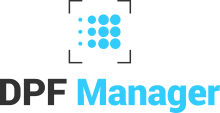

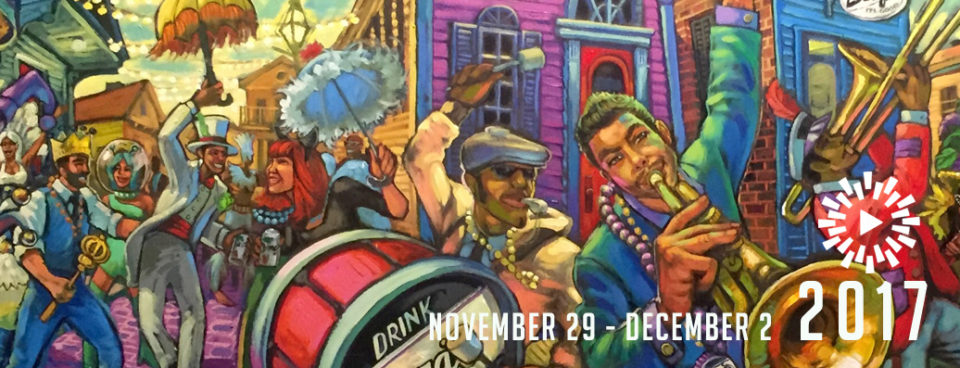
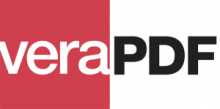
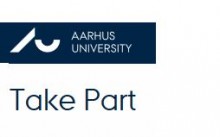
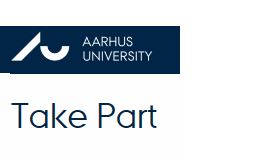
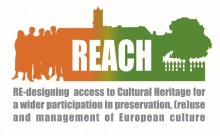
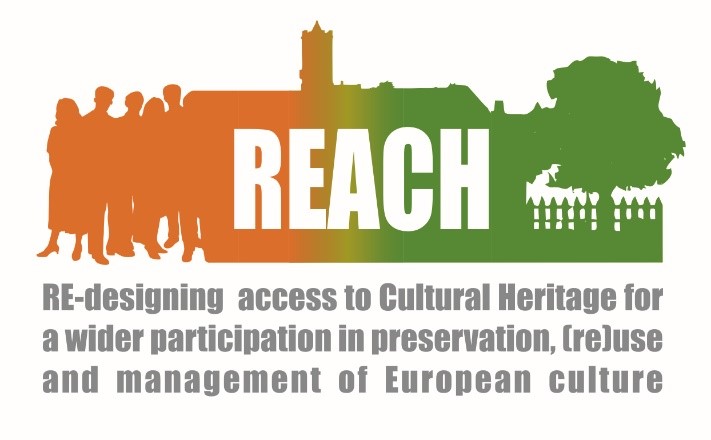 Coordinated by Coventry University with participation of important international partners, the upcoming three-year REACH project will establish a Social Platform as a sustainable space for meeting, discussion and collaboration by a wide-ranging network of professionals, institutions, researchers, arts practitioners, associations, and interest groups representative of non-professionals with a stake in research and practice in the field of culture and cultural heritage (CH).
Coordinated by Coventry University with participation of important international partners, the upcoming three-year REACH project will establish a Social Platform as a sustainable space for meeting, discussion and collaboration by a wide-ranging network of professionals, institutions, researchers, arts practitioners, associations, and interest groups representative of non-professionals with a stake in research and practice in the field of culture and cultural heritage (CH).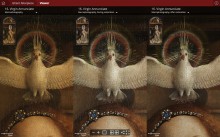







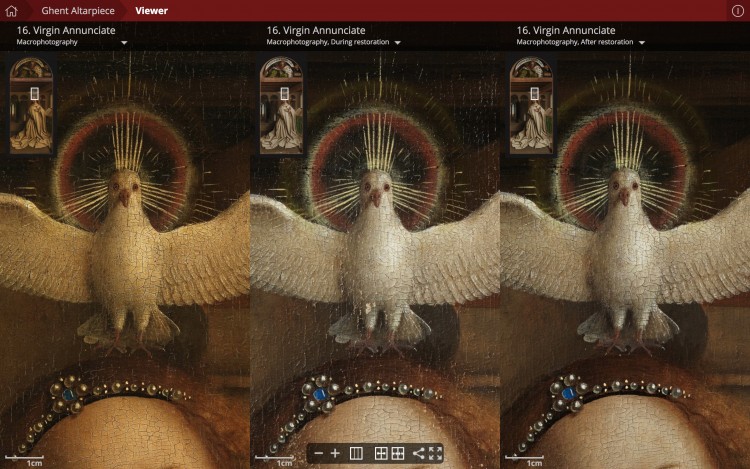
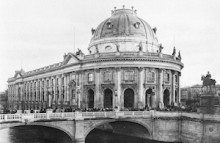



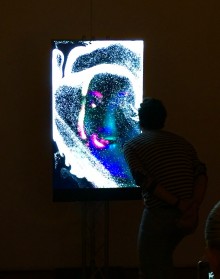
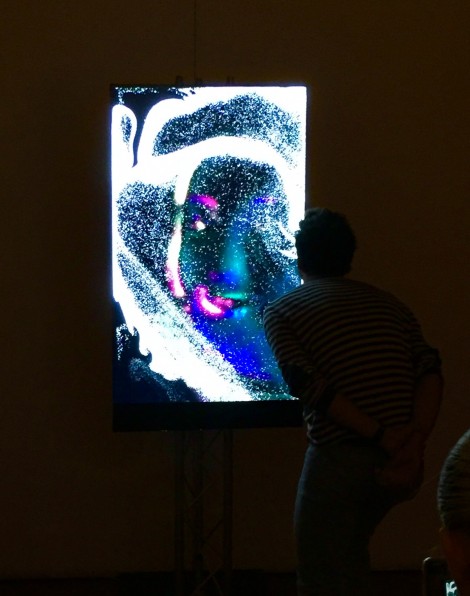 The intensity of a dance resides in its weightless stream of movement and harmony, and in the single beat which connects one moment to the next. Dance has the power both to give meaning to time and to create the illusion of suspending it. [B] Force is an interactive installation based on a Natural User Interface (NUI). It is inspired by the ethereal aspect of dance. Viewers leave a stream of dancing particles which follow the movements of their bodies.
The intensity of a dance resides in its weightless stream of movement and harmony, and in the single beat which connects one moment to the next. Dance has the power both to give meaning to time and to create the illusion of suspending it. [B] Force is an interactive installation based on a Natural User Interface (NUI). It is inspired by the ethereal aspect of dance. Viewers leave a stream of dancing particles which follow the movements of their bodies.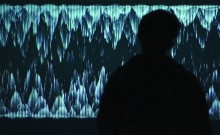
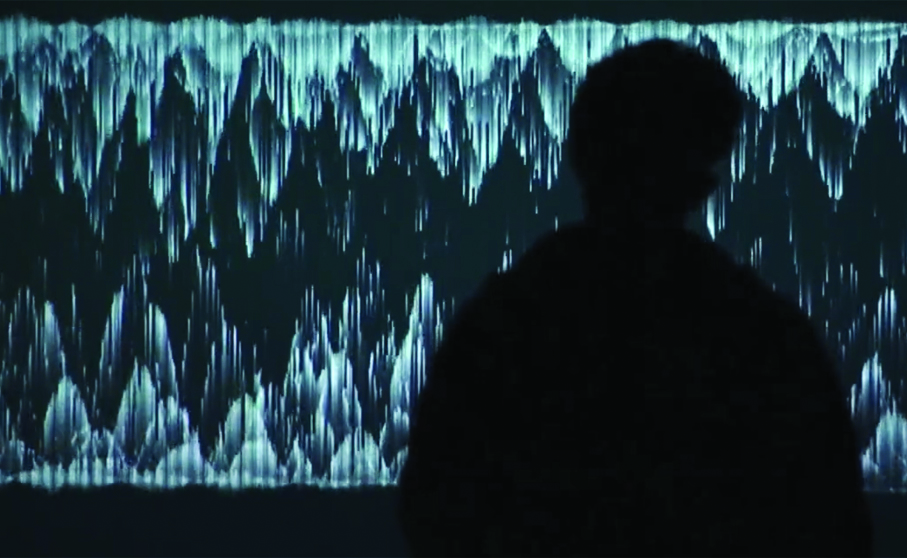
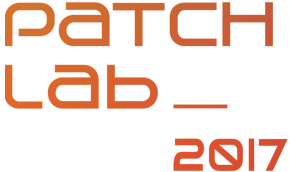
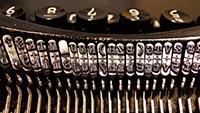 If you have interesting news and events to point out in the field of digital cultural heritage, we are waiting for your contribution.
If you have interesting news and events to point out in the field of digital cultural heritage, we are waiting for your contribution.
